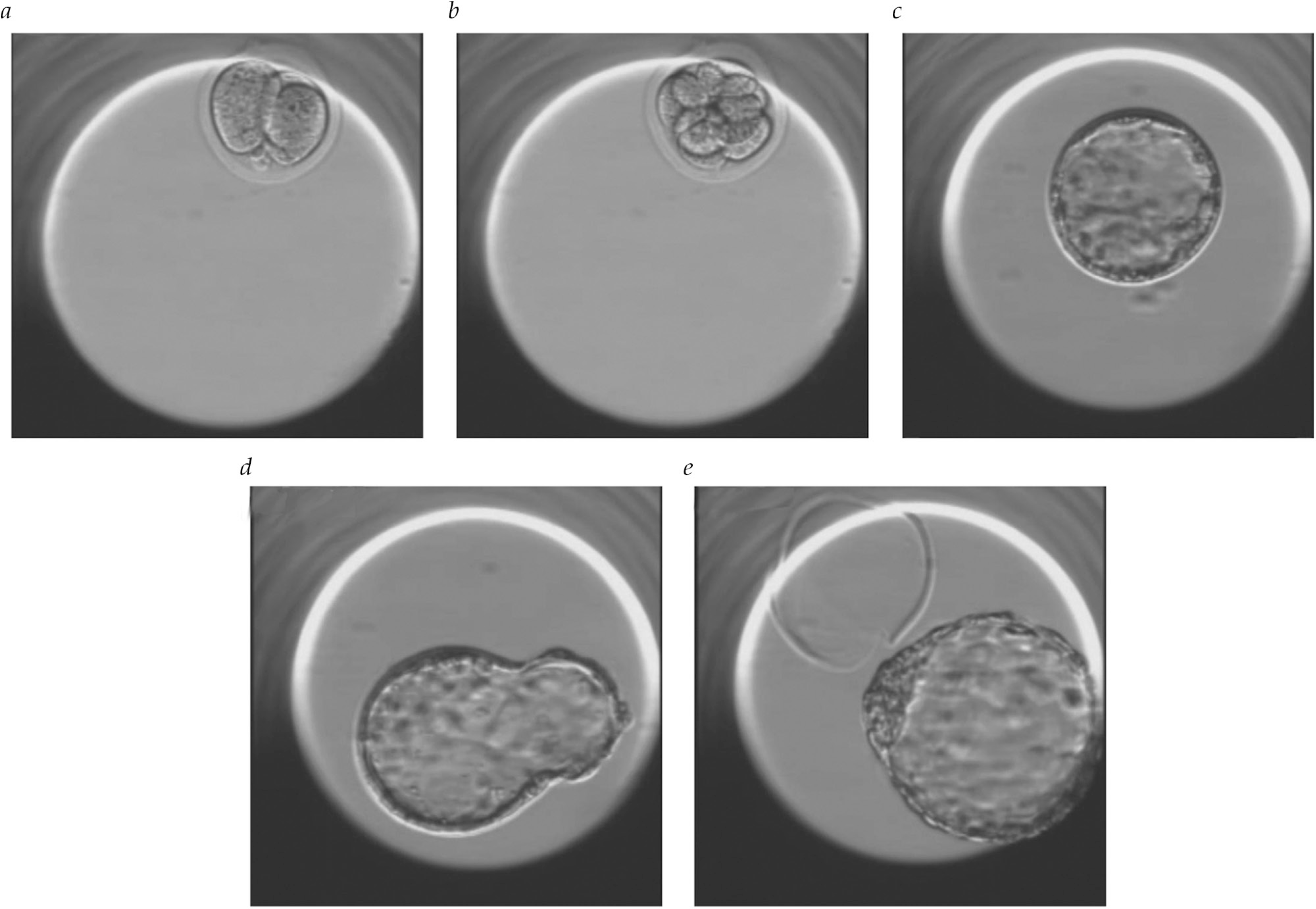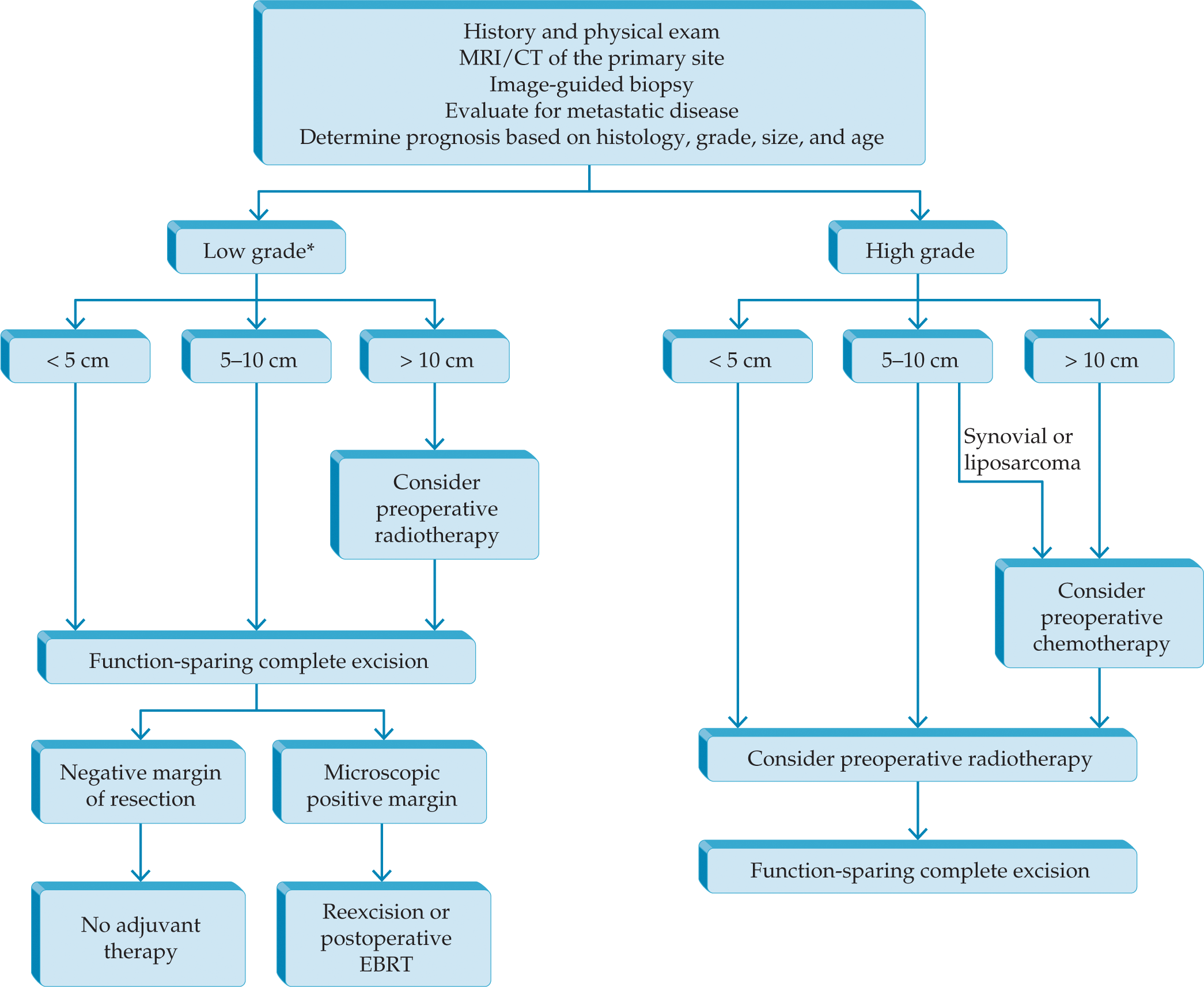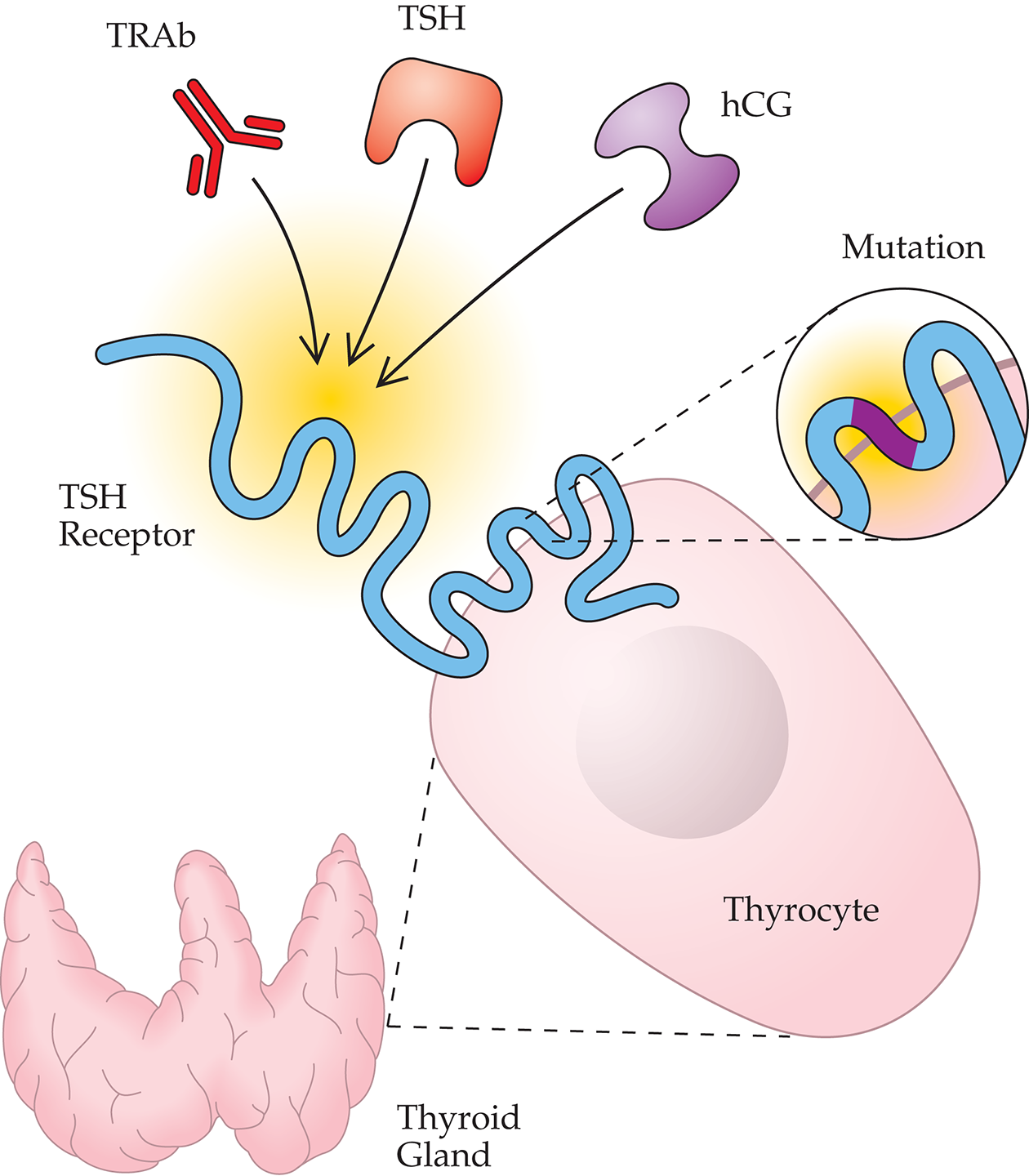- Updates regarding the assessment and treatment of ovulatory disorders
- Ovulation induction with letrozole in anovulatory patients
- Advances in in vitro fertilization, including genetic screening
- Fertility preservation options, including in vitro oocyte maturation, ovarian tissue cryopreservation, and mature oocyte cryopreservation
Latest Updates


- Victims of the human sex trafficking industry interface with healthcare providers at high rates.
- Warning signs for human sex trafficking have gained greater recognition, and multiple intervention programs have been established to help providers respond to victims of sex trafficking.

Antepartum and Postpartum Hemorrhage
- Delineation of obstetric hemorrhage class based on blood loss in addition to vital sign changes
- Use of Maternal Early Warning Criteria for early detection of acute hemorrhage
- Use of obstetric hemorrhage emergency flowcharts to help guide resuscitation
- Use of rotational thromboelastometry to guide obstetric hemorrhage blood product administration
- Early use of tranexamic acid to reduce obstetric hemorrhage mortality

The Use of Adjuvant or Neoadjuvant Chemotherapy in Extremity and Truncal Sarcoma
- Soft tissue sarcomas are heterogeneous tumors with diverse behavior and response to therapy.
- Increasing data favor a histology-driven approach to soft tissue sarcoma multidisciplinary treatment.
- Chemotherapy in the management of primary resectable soft tissue sarcoma is controversial and evolving.
- Recent evidence supports a more routine use of neoadjuvant chemotherapy in high-risk soft tissue sarcoma.
- Recent suggest that narrow, but negative margins with radiotherapy lead to favorable local control rates.

Squamous Cell Carcinoma of the Esophagus
- Endoscopic therapy has become a definitive therapeutic modality for intramucosal disease.
- Definitive chemoradiation has become an alternative strategy in patients demonstrating a complete clinical response
- Trimodality therapy has emerged as a preferred approach in most operable patients with resectable tumors.

Squamous Cell Carcinoma of the Esophagus
- Endoscopic therapy has become a definitive therapeutic modality for intramucosal disease.
- Definitive chemoradiation has become an alternative strategy in patients demonstrating a complete clinical response
- Trimodality therapy has emerged as a preferred approach in most operable patients with resectable tumors.

The Use of Adjuvant or Neoadjuvant Chemotherapy in Extremity and Truncal Sarcoma
- Soft tissue sarcomas are heterogeneous tumors with diverse behavior and response to therapy.
- Increasing data favor a histology-driven approach to soft tissue sarcoma multidisciplinary treatment.
- Chemotherapy in the management of primary resectable soft tissue sarcoma is controversial and evolving.
- Recent evidence supports a more routine use of neoadjuvant chemotherapy in high-risk soft tissue sarcoma.
- Recent suggest that narrow, but negative margins with radiotherapy lead to favorable local control rates.

Hypothyroidism and Thyrotoxicosis
- 2017 Guidelines of the American Thyroid Association for the Diagnosis and Management of Thyroid Disease During Pregnancy and the Postpartum
- 2016 American Thyroid Association Guidelines for Diagnosis and Management of Hyperthyroidism and Other Causes of Thyrotoxicosis.


.png)







